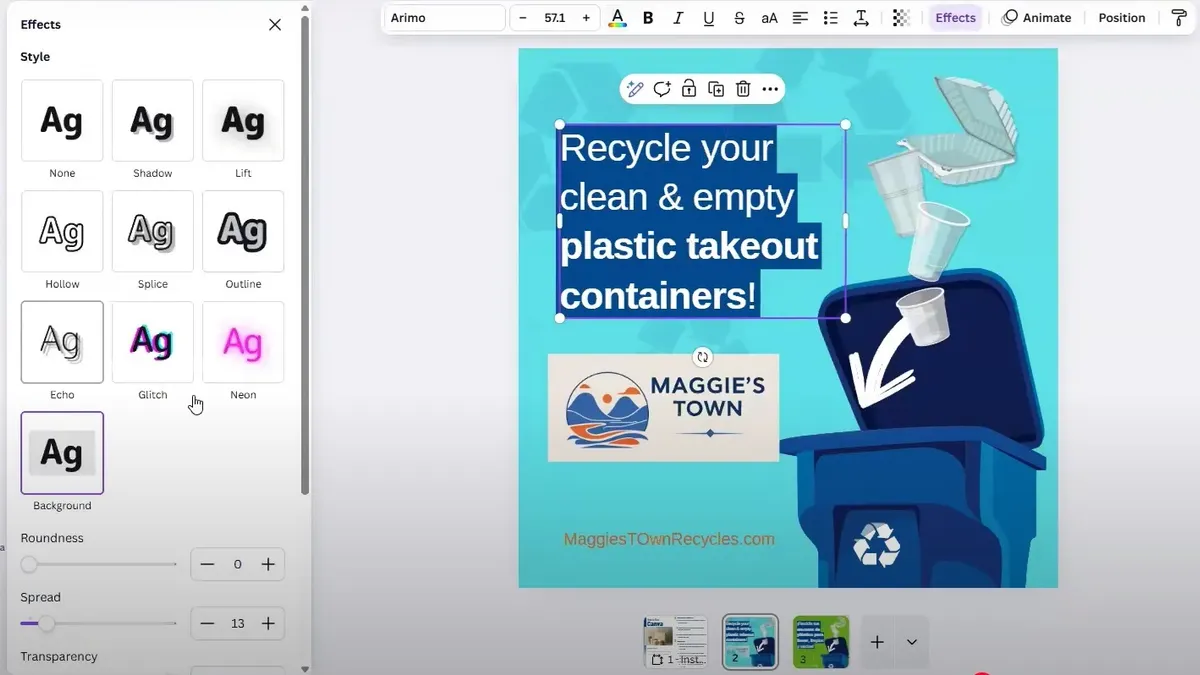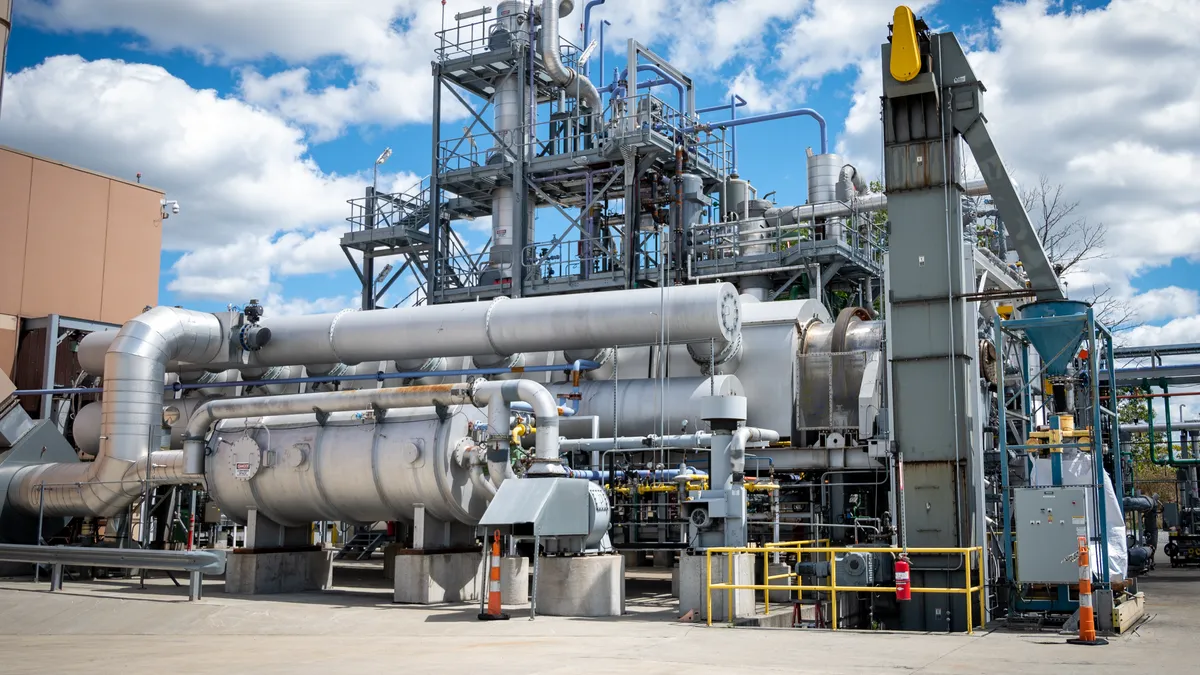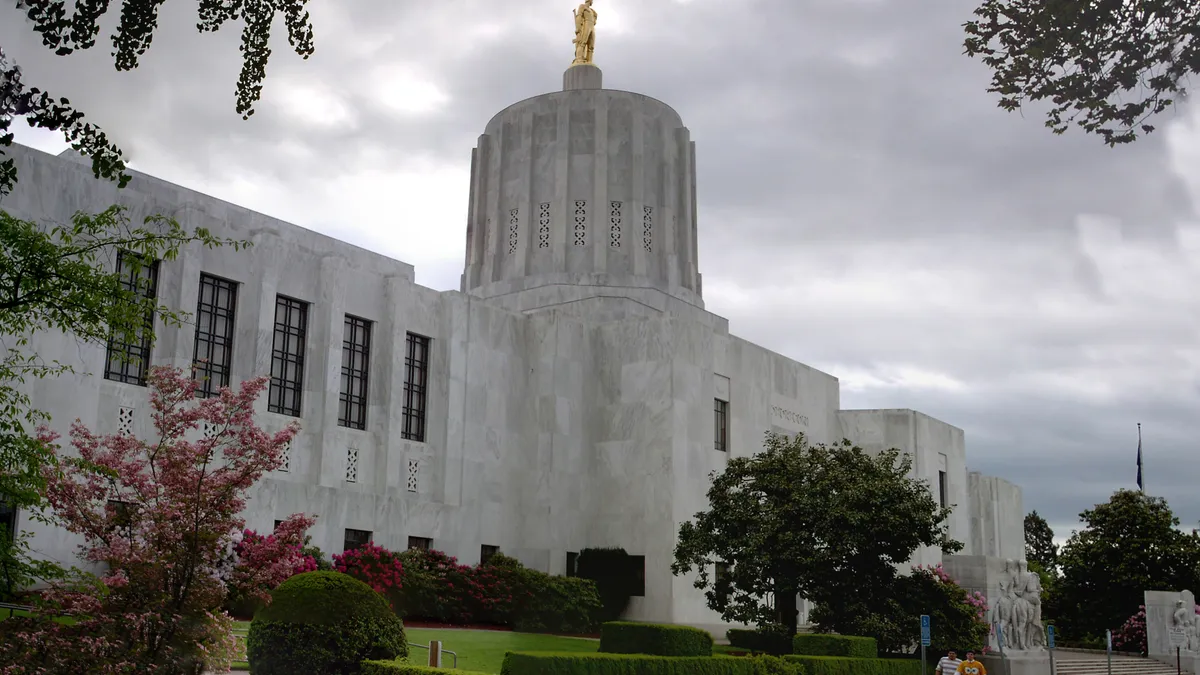Just one packaging EPR bill has made it across the finish line so far in 2024, but stakeholders say they’re still learning lessons about refining producer definitions, compromise and more as such bills have become more common.
Minnesota’s Packaging Waste and Cost Reduction Act was the first such law adopted by a U.S. state since 2022. There could be more EPR negotiations to come this year, but, halfway through 2024, many states that had EPR bills introduced, such as Hawai’i, Tennessee and Washington, have ended their sessions. Likewise, New York’s Senate passed the comprehensive Packaging Reduction and Recycling Infrastructure Act, but the Assembly did not bring it to a vote as time ran out.
After Illinois and Maryland last year passed study bills to advance EPR exploration, people were calling it “the year of the needs assessment,” said Dan Felton, executive director of Ameripen. While it was expected that this year would see more of that trend, it “didn't really play out that way,” he said. Producers, however, are still in favor of using needs assessments to inform policy design.
A tale of two bills
The Minnesota bill that was finalized in May ultimately enjoyed vocal support from multiple industry groups. It lays out a “shared responsibility” model in which producers would be required to pay half of recycling costs come 2029, with that threshold ramping up over time, including to at least 90% by 2031.
John Hewitt, vice president of packaging sustainability and head of state affairs at the Consumer Brands Association, commended Minnesota’s process that invited participation from multiple sides. In addition to collaboration, the bill had strong needs assessment language, he said.
Additionally, unlike some other state bills, Minnesota’s focused more on recycling needs and infrastructure and addressed fewer secondary issues, Hewitt said. “That allowed us to more quickly get to a compromised bill and then get that through and signed by the governor.”
In the view of the American Beverage Association, good policy is producer-run and funded, provides producers access to materials, and has government oversight, like Minnesota’s law, said spokesperson William Dermody in a statement. In Minnesota, “everyone involved was committed to designing a system that works.”
The industry support wasn’t always there; the Flexible Packaging Association, which supports “well-crafted” EPR, initially opposed the Minnesota bill.
“We felt that there were just arbitrary goals within the proposal that didn't flow from the needs assessment” that were later cut, said John Richard, FPA’s director of government relations. “So we're really just looking for data-driven EPR policies and make sure goals are [reachable] for all material types and were materials-neutral.”
It’s also about what’s not in the bill; for FPA that means not including bans on chemical recycling or alternative collection systems, like store drop-off programs for certain flexibles.
These groups did not similarly support the New York EPR bill, which had provisions that would require minimum postconsumer recycled content thresholds for different packaging types and ban numerous toxic substances.
Environmental groups sometimes see bills like New York’s as the best chance to address plastic pollution concerns broadly. But industry groups sometimes liken these bills to a Christmas tree when ornaments keep getting added, Richard said there can be a tendency to create waste omnibus bills.
Ameripen said this has been a key lesson. “Don't make an EPR bill too heavy, because if too heavy, it's going to get weighted down and it's not going to get across the finish line,” Felton said. Some proponents are realizing that to successfully pass an EPR bill, other issues need to be addressed through other vehicles, he said.
American Beverage echoed that. “[N]ot everything called EPR is EPR. It can’t be an environmental policy catchall, which is what we saw in New York,” Dermody said.
Sharing lessons
Packaging groups do see more policy discussions cross-pollinating. For instance, although Washington did not end up passing an EPR this year, important work happened there in refining the definition of a producer, according to Scott DeFife, president at the Glass Packaging Institute.
“Even though the Washington bill didn't happen, that definition got imported into the Minnesota debate, which had more time and ultimately passed,” he said.
“The overall level of sophistication or problem-solving in the EPR bills is blending from one state to the next,” DeFife said. “The system is learning, the bills are getting better at handling some of the thorny issues that were holding up progress in years past.” The idea of starting with a needs assessment is also a positive trend, he said.
In Richard’s view, the best packaging policymaking happens when legislators serve as conveners between industry and nonprofits, “and there's just an honest discussion about what's feasible, what the goals are, and what can be attained in the time that the bill is crafted,” he said. “Bills that can pass into law are compromises.”
For all of the potential learnings across states, it’s worth remembering that states’ lawmaking processes differ, and those considerations come into play while crafting and considering policy, according to Julia Meltzer, zero waste coordinator at the National Caucus of Environmental Legislators. Sometimes state legislators plan to iron out details in rulemaking. But in the example of New York, heavy industry lobbying could be a reason to be more aggressive with the bill text prior to passing it and not leaving as much to rulemaking, according to Meltzer.
Looking ahead
There’s much more work on this front to come in 2024 and 2025. While many state legislative sessions have wrapped, stakeholders are still watching to see how the New York bill could resurface. They are also engaging in New Jersey, where the two-year session doesn’t end until Jan. 13, 2026. Some are eyeing bill drafts in Michigan. The Massachusetts Senate recently passed a broader bill that would establish a commission to explore packaging EPR, but it would need to pass the House by July 31 when the session ends.
The introduction of a bill in Tennessee in 2024 suggests there could some appetite for these types of policies in red states or potential for more bipartisan bills in 2025, according to Meltzer. Unlike Minnesota or New York, that bill was more oriented to building out recycling access in a state that has one of the lowest recycling rates in the country.
“So that's another area where you might see some more conservative states going forward start to follow in Tennessee's footsteps in at least putting forth the legislation,” she said.
There’s also been more attention this year to the role the federal government could play in EPR. The Senate Committee on Environment & Public Works hosted a hearing on EPR in March, where the CEO of SC Johnson said that federal regulation is needed “to avoid over-regulation” and called for urgency “to get ahead of emerging state regulations” and to allow companies time to comply to avoid disruptions.
Meltzer noted that as more states pass EPR legislation — and large ones like California, at that — it’s more likely to spur national policy.
Ameripen does not have a position on federal EPR at this time and remains focused on the more active statehouses. In states that are moving forward, the priority is “trying to find some harmonization, continuity between the states,” Felton said. “That's a struggle.”
Meanwhile, packaging manufacturers and CPGs are keeping tabs as California, Colorado, Maine and Oregon are working on implementing their own EPR laws passed in 2021 and 2022.
A national approach to EPR has previously been floated in the Democrat-sponsored Break Free From Plastic Pollution Act, which has yet to gain traction. If there was more movement on a federal EPR proposal in the future, there would be big questions about whether it would be realistic to put in place a 50-state program “given the complexities of packaging EPR and how all that has to be handled at the state and local level,” Felton said. “So I think people are still sort of wondering how that might work.”
Interested in more packaging news? Sign up for Packaging Dive’s newsletter today.




















